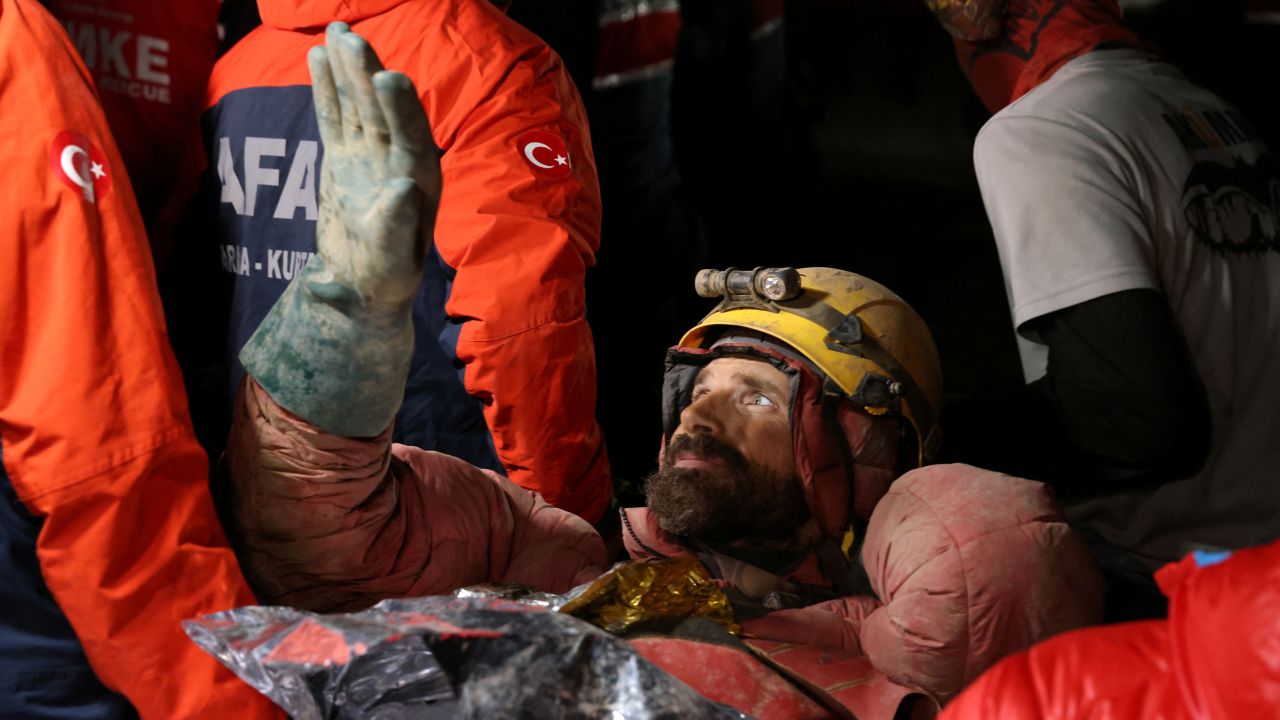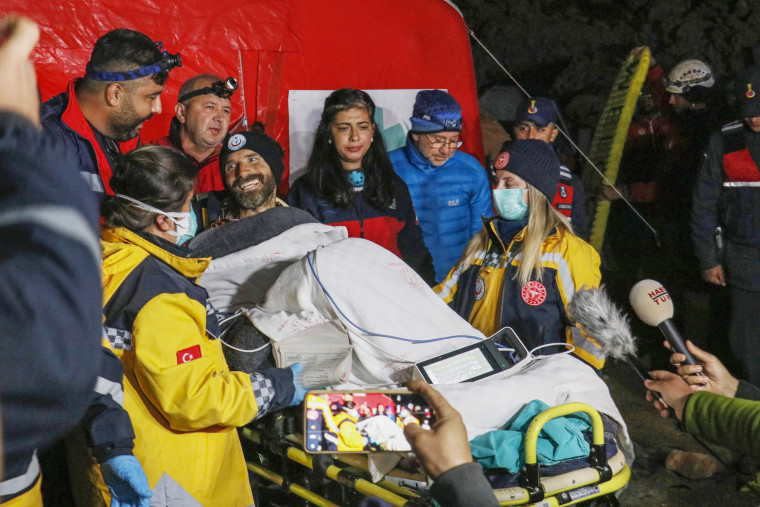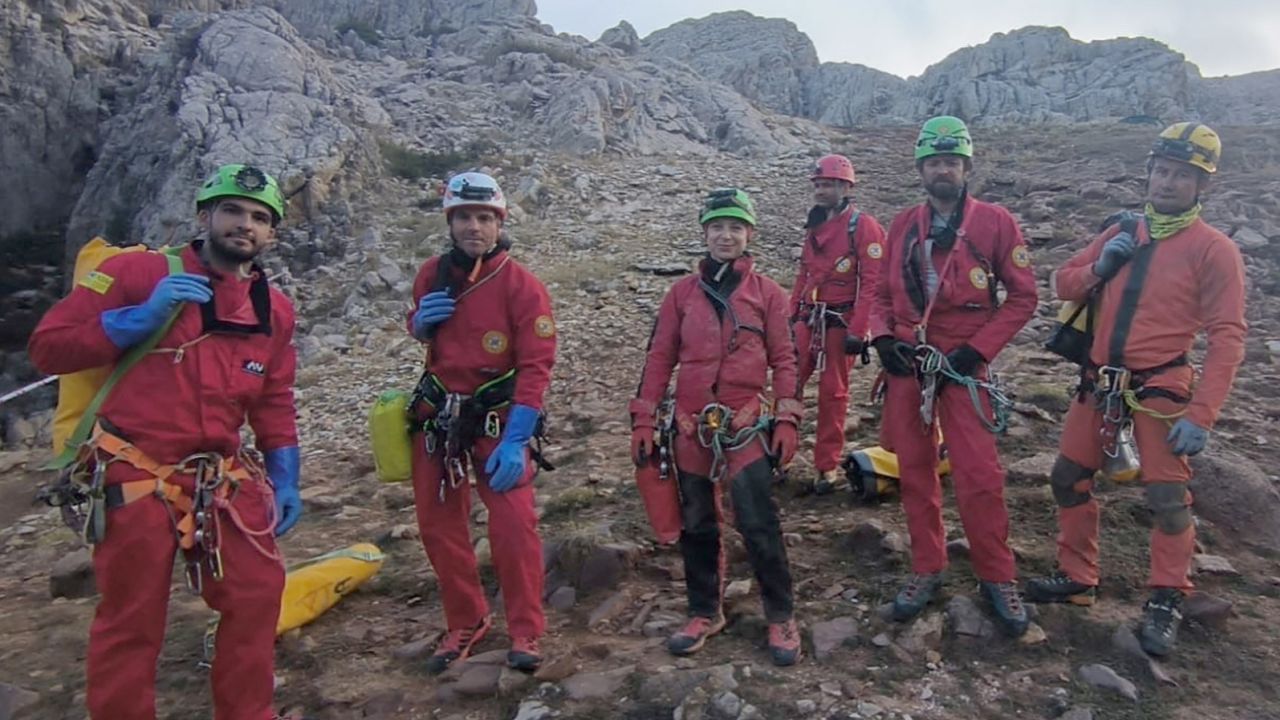Going Deeply Underground
"The caving world is a really tight-knit group, and it's amazing to see how many people have responded on the surface.""I do know that the quick response of the Turkish government to get the medical supplies that I need, in my opinion, saved my life.""I was underground for far longer than ever expected with an unexpected medical issue. I was very close to the edge.""Then I start throwing up blood, and blood is coming out in more quantity that you’re going to live with if it keeps happening. Then my consciousness started to get harder to hold on to, and I reached a point where I said, ‘I’m not going to live.'"Mark Dickey, 40, American cave researcher
 |
A week ago Thursday, the world of professional cavers was alerted to the plight of a fellow spelunker trapped deep within a cave in Turkey. Rescue groups from across Europe were quick to respond, as a massive lifesaving operation was launched to save U.S. researcher Mark Dickey, an experienced spelunker who was trapped 3,000 feet below the entrance of the Morca cave in the Taurus Mountains of southern Turkey.
He had suddenly become extremely ill with stomach bleeding after entering the cave along with a group of other specialists, including three other Americans, according to the European Association of Cave Rescuers. In a video message from inside the cave, made available through the auspices of Turkey's communications directorate, Mr. Dickey gave his appreciation to both the caving community and the Turkish government for their efforts on his behalf.
Although he was seen moving about in the video, he explained that though he is alert and talking, and and could stand on his own, he was not "healed on the inside", and a prodigious effort at rescue would be required to help move him out of the cave in an operation that experts judged could take days, even weeks. It all depended on conditions. Primarily, whether he would need to be carried out on a long ascent with narrow passages to the surface on a stretcher.
 |
Teams of medical personnel were staged at various points in the tunnel to administer to his medical needs during the rescue operation. And rescuers spelled each other, carrying him out on the long, laborious operation of the rescue. He had been bleeding, losing fluid from his stomach. With some initial medical attention he stopped vomiting and was able to eat for the first time in days. It remained uncertain what had caused his adverse medical condition.
The cave interior was quite cold, registering roughly 39 to 42 degrees Fahrenheit. Communication from the point in the cave where Dickey and his associates were located took about five to seven hours, carried out by runners who began at the camp below the surface. A Croatian cave rescuer, Dinko Novosel, head of the European Association of Cave Rescuers, spoke of the challenge ahead to rescue the stricken caver in an operation to bring him from the depths involving rescue teams from Bulgaria, Croatia, Hungary, Italy, Poland and Turkey.
That same Association of Cave Rescuers described Mr. Dickey as "a highly trained caver and a cave rescuer himself", well known as a cave researcher, or speleologist, given his participation in many international expeditions. An estimated time of up to ten hours was suggested as the period it would take to bring him to the surface.
 |
However, by Tuesday of this week rescuers had managed to pull him out of the cave where he had been marooned for over a week. Soon after Mark Dickey emerged from Morca cave on Tuesday to cheers from the assembled rescue teams, strapped to a stretcher, he was flown by helicopter to a nearby hospital.
"It has been a scary experience and the closest to death I’ve been yet.""I truly appreciate all the people involved in both saving my life and helping me escape from so deep inside a Cave."Mark Dickey
 |
Labels: Medical Emergency, Rescue Operation, Spelunker Mark Dickey, Turkey's Taurus Mountains Morca Cave

0 Comments:
Post a Comment
<< Home